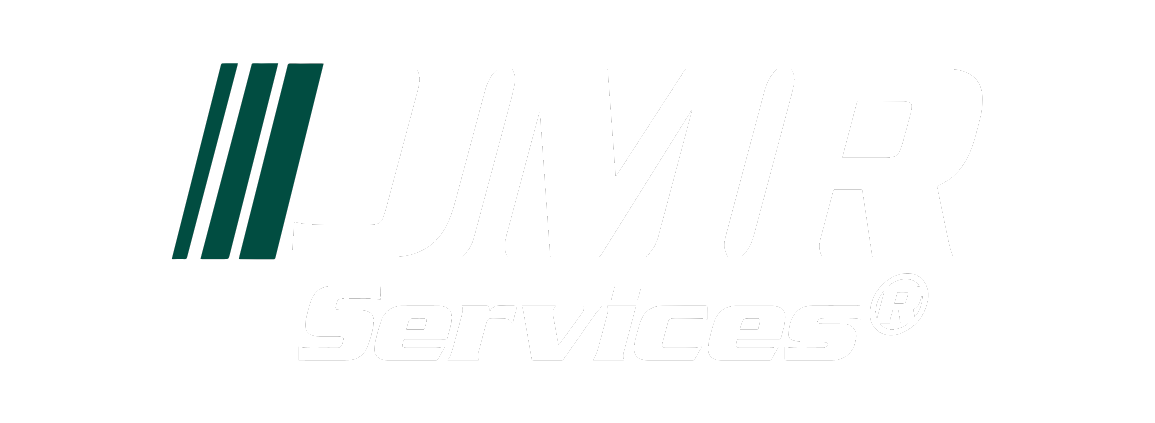A History of Plugging and Abandonment: How the Industry Has Evolved
- Kate Rocha
- 3 days ago
- 3 min read

Learning about the history of plugging and abandonment gives us better context to our current methods, regulations, and practices.
The oil and gas industry has been a cornerstone of modern energy production for more than a century. However, alongside the extraction of valuable resources, there is an essential process that often receives less attention: Plugging and Abandonment (P&A). This process, which involves safely sealing wells that are no longer in use, has evolved significantly over time. From the early days of rudimentary well closures to today’s advanced, environmentally-conscious practices, the P&A industry has undergone remarkable changes that have improved efficiency, safety, and sustainability.
The History of Well Plugging and Abandonment
In the early days of oil exploration, when a well stopped producing, it was often abandoned with minimal concern for environmental safety or long-term impact. Early practices involved little more than capping the wellhead with basic materials like wood or concrete, without addressing the potential for leaks from underground formations. These early methods often led to environmental problems such as oil spills, groundwater contamination, and gas emissions, which would go unchecked for decades.
Back then, there were no established regulations governing how wells should be properly plugged and abandoned, and the primary focus was on drilling new wells rather than maintaining the integrity of existing ones. As oil fields expanded across the U.S. in states like Pennsylvania, Texas, and California, the issue of abandoned wells began to grow, creating a need for more responsible and standardized practices.
The Birth of Plugging and Abandonment Regulations
As the oil and gas industry matured, so did the understanding of the environmental and safety risks associated with improperly abandoned wells. In the mid-20th century, governments and regulatory bodies began to take notice of these risks, prompting the introduction of laws and regulations aimed at ensuring that oil and gas wells were properly closed once they were no longer productive.
In the United States, the Railroad Commission of Texas was one of the first regulatory bodies to establish guidelines for plugging and abandoning wells. The introduction of these regulations marked a turning point in the industry, as oil companies were now required to follow specific procedures to ensure that wells were safely sealed, reducing the risk of contamination and leaks.
As regulations spread to other states and countries, the P&A process became more formalized. Companies were required to submit detailed plans for how they intended to plug a well, and government agencies conducted inspections to ensure compliance. This era saw the development of basic cementing techniques, where wells were filled with cement plugs to block the flow of fluids and gases between geological formations.
The Modern Era of Plugging and Abandonment
Today, the P&A industry is at the cutting edge of both technology and environmental responsibility. With a focus on reducing greenhouse gas emissions and protecting natural resources, modern P&A practices are far more advanced and efficient than their early predecessors. Some of the most notable innovations in recent years include:
Methane Mitigation: In response to growing concerns about climate change, methane mitigation has become a top priority in P&A operations. Companies now use sophisticated methane monitoring systems to detect and prevent leaks, ensuring that wells are sealed in a way that minimizes greenhouse gas emissions.
Advanced Cement Formulations: Modern cementing techniques now involve using different classes of cement tailored to the geological conditions and depth of the well. This ensures that the cement plugs can withstand the unique pressures and temperatures of each well, providing a longer-lasting seal that prevents leaks.
Data-Driven P&A: With the rise of big data and analytics, companies now use historical data, well logs, and predictive modeling to optimize the P&A process. These tools help operators make more informed decisions about where to place plugs and how to manage wellbore integrity, resulting in safer and more efficient operations.
Regulatory Collaboration: Governments and industry leaders now work more closely than ever to ensure that P&A practices meet the highest environmental and safety standards. Initiatives like the Methane Emissions Reduction Program, part of the Inflation Reduction Act, provide incentives for companies to adopt cutting-edge technologies that reduce emissions and improve well abandonment practices.
JMR Services: Leading the Way in P&A Innovation
At JMR Services, we pride ourselves on staying at the forefront of P&A technology and innovation. Our team is dedicated to not only meeting but exceeding regulatory requirements to ensure that every well we plug is safely sealed, minimizing environmental risks, and protecting local communities. By incorporating advanced methane monitoring systems, custom cementing techniques, and cutting-edge well control technologies, JMR leads the way in providing environmentally responsible and highly efficient P&A services.
We recognize the importance of ongoing innovation and are committed to continuously improving our processes to meet the demands of the modern energy landscape. As the industry evolves, JMR will continue to be a forward-thinking company that sets the standard for safe, responsible, and sustainable P&A operations.
